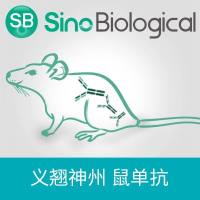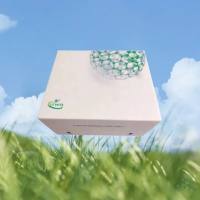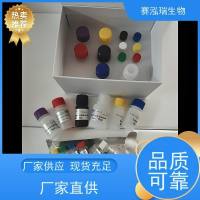Activated platelets expose P-selectin and thereby adhere to leukocytes of all main classes (1 –4 ). If neutrophils or monocytes are also activated, then adhesion can be stabilized by binding of their β2-integrins to fibrinogen and possibly other ligands on the platelet surface (5 –9 ). Experimentally, adhesion can be demonstrated when leukocytes are flowed over immobilized platelets (3 ,4 ,6 –8 ), or when suspensions of isolated leukocytes and platelets are mixed together (1 ,5 ). Platelet-leukocyte aggregates can also be found in whole blood (10 ,11 ). Mutually activating interactions can also occur between leukocytes and platelets through released substances, and these interactions are promoted by adhesion between the cells (12 ). Platelet-leukocyte adhesion may thus be influential in the development of inflammation or of thrombi. Platelets are not thought to bind to intact endothelium normally, but increasing evidence suggests that adhesion can occur when endothelial cells are stimulated or exposed to pathogenic agents (e.g., 13 –15 ). Among other actions, platelets attached to endothelium might assist capture of flowing leukocytes (16 ).






